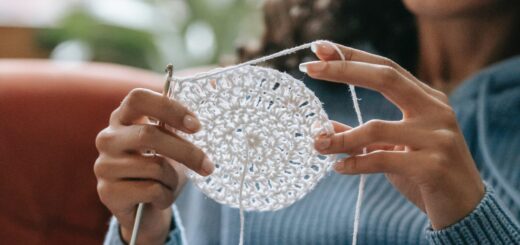Challenging yourself is helpful to mental health

Creatives like painters were the first few noted people who experience flow on a regular basis. Photo courtesy of Unsplash
By Riggs Zyrille Vergara, Photo Editor
From my experience doing layout and graphic design, there’s something about being in the middle of a process that makes me feel calm. A soothing feeling seems to take over which empties my mind of anything but the act of blending colours or tracing an object’s edges. Little did I know, this phenomenon of an almost meditative state is helpful to my mental health — it’s called flow.
According to Psychology Today, flow is an “optimal state of consciousness where we feel our best and perform our best.” During flow, concentration is at its peak, and external distractions like time and hunger are tuned out. Self-awareness and self-criticism diminishes as one fully enjoys the task at hand. Luckily, these tasks are not restricted to creative pursuits — they also exist in work, sports, learning and even in simple everyday tasks.
In Mihály Csíkszentmihályi’s article, “Flow Theory and Research” which first defined “flow” in psychology, Csíkszentmihályi interviewed artists who were so immersed in their work that they would forget about eating, showering and sleeping.
Research on flow revealed people who experience it regularly have lower levels of depression and anxiety. Inversely, it also showed the lack of flow increases anxiety. The tasks we achieve through a state of flow can also contribute to mental health as task completion shoots dopamine — a happy hormone — to our brains.
Since the discovery of flow, many have become interested in achieving this creative high. In Csíkszentmihályi’s studies, he found out that for someone to achieve optimal flow, that person must challenge themselves to a task with high-level difficulty using high-level skills.
The optimal condition for flow to happen is when the challenge level of the task is high, met by the high skills of the person accomplishing the task. The key is to not put yourself in a comfortable level of using your skills, but to push and challenge yourself.
Since reading about the studies on flow, it made sense why my mental state is so different when my client’s art direction prompts me to try a different art style, compared to when I’m doing generic simple designs. I think one of the best takeaways I got from reading about flow is that adding challenge to your everyday life is helpful. Not only will you create or accomplish something extraordinary, but you will reap emotional benefits and grow in your skills along the way.
I’ve always thought that going with the flow of everything in life will make it easier. As it turns out, you can get a different kind of flow when you go against the current.




